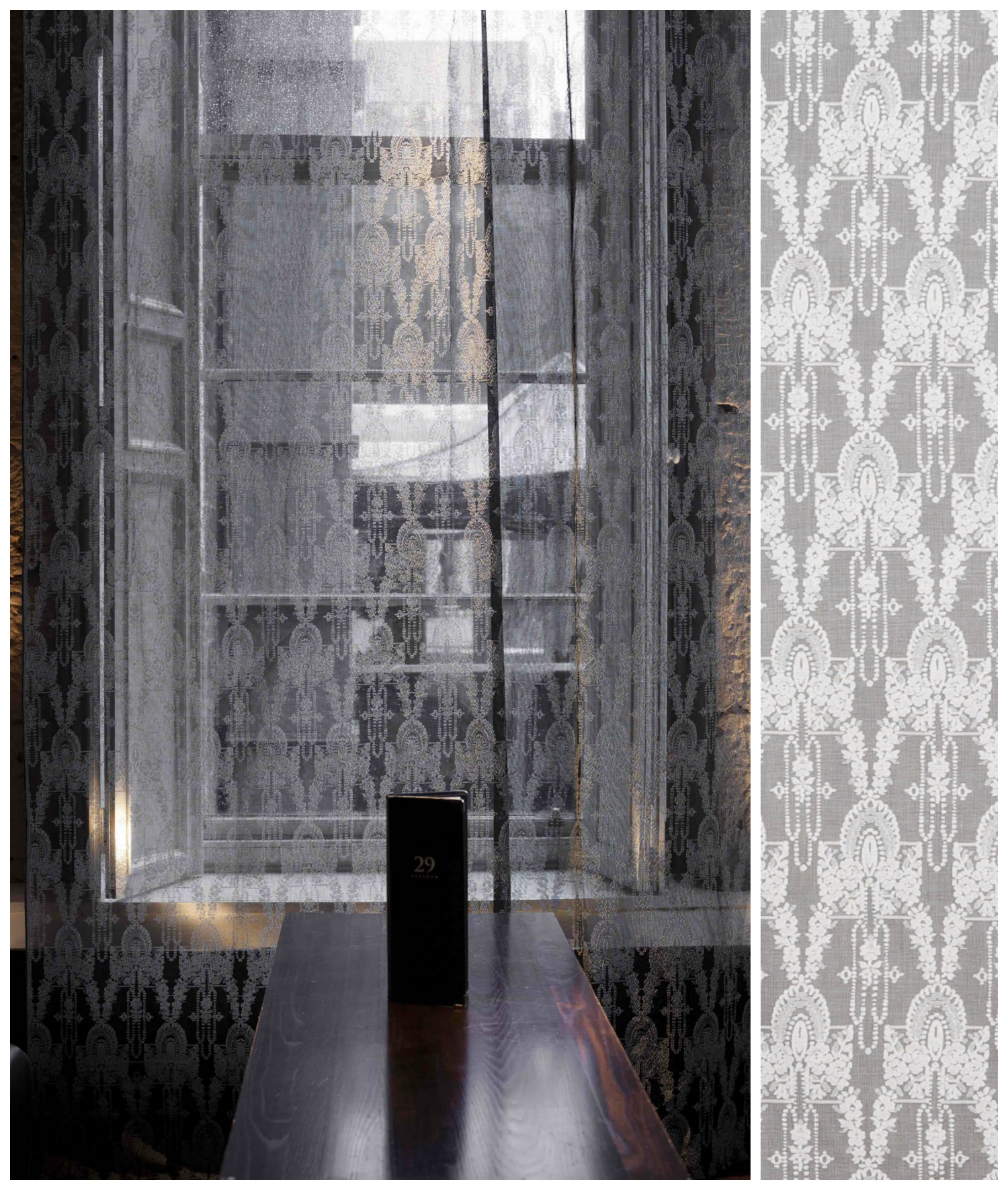Flame stitch - that bold, often colorful, zig zag pattern - is hot. Think of flame stitch as a design rather than needlework, especially when considering how it is used today. While flame stitch is trendy now, it has been around forever, probably since the 13th century. Let’s take a quick look at flame stitch’s history.
The origin of flame stitch is murky and romantic. Most scholars agree that it is primarily Italian, with either a dash of Hungarian or Middle Eastern roots thrown in. Flame stitch could be a hybrid of two stitches, the brick stitch and the Hungarian stitch (seen in the 13th century German altar curtain below) brought to Italy by a beloved Bohemian princess on her many trips there. Alternatively, flame stitch may have a Middle Eastern relative, given its resemblance to ikat, that traveled to Italy via the Silk Road.
While we can’t DNA flame stitch, one of the earliest surviving examples is found in England. There, in the Elizabethan manor, Parham House, an entire room is still upholstered in Italian wool from the 16th century bearing a flame stitch pattern. The principal bed at Parham House also is adorned with flame stitch. Surely it is not coincidental that Mary, Queen of Scots (who ruled Scotland then) was Marie de Medici’s sister-in-law.
Italy has few extant early examples of flame stitch. Some 17th century chairs wearing the pattern reside in the Bargello Museum in Florence, explaining why flame stitch is sometimes called “Bargello” or “Florentine” stitch. The French call the pattern “Bergamo”.
Flame stitch remained popular in the 18th century spreading throughout Europe and to the colonies. It often decorated clothing then, as these British shoes and American pocketbook from that time period show. It truly must have been all the rage, as the ladies of the Greenwood-Lee family thought it chic enough to include in their c. 1747 family portrait.
Flame stitch never really went out of style. The Scalamandre flame stitch velvet covering these 19th century settees is period perfect.
New fabrics are still being created today. Have a look at these textiles from Schumacher and Zimmer + Rhode, and how designer Nina Farmer upholstered a chaise in flame stitch for her Boston townhouse.
In the 1970s, flame stitch wallpaper was all sorts of groovy. Meg Braff recently updated that old seventies look with a new wallpaper dubbed appropriately, “Flambe.”
The flame stitch pattern (and its appeal) hasn’t changed much over the years. With maximalism now in vogue, we wouldn’t be surprised to see a fully upholstered flame stitch room someday soon.
Flame stitch. Still on fire.
This post was guest edited for CLOTH & KIND by Lynn Byrne. lynn is an expert in decorative arts and design history, who also has written extensively about art, travel, and interior design. She studied decorative arts at Parsons and is well-known for explaining design terms and themes found throughout history.
PHOTO CREDITS // German altar curtain from Bayrose, ikat example from Hand Eye magazine. Parham House photos by Andreas von Einsiedel for Homes & Antiques magazine. British shoes from Metropolitan Museum of Art. Pocketbook from Museum of Fine Arts. Family portrait from the Museum of Fine Arts. Nina Farmer’s home, by Paul Raeside.

































